Retro Replay Review
Gameplay
Universe: Unknown delivers classic side-scrolling shooter action that instantly feels familiar to fans of Konami’s Nemesis series, yet it adds its own twists to keep players engaged. You pilot Jim Benson’s prototype craft through wave after wave of alien adversaries, each encounter demanding quick reflexes and strategic weapon choices. The controls are tight, with responsive acceleration and deceleration that let you weave between projectiles and environmental hazards.
What sets U:U apart is its flexible weapon upgrade system. Enemies drop capsules that charge a visible meter at the screen’s bottom, and once you’ve accumulated enough energy you can swap between bullets, lasers, bombs, and “option” pods on the fly. This freedom encourages experimentation: you might cling to a rapid-fire laser for open-space dogfights, then switch to bombs for cavernous, turret-laden sections.
Level design alternates between open-space skirmishes and claustrophobic caverns that recall the memorization-based challenge of 1980s shooters. In the caves, precise timing is critical—you’ll need to navigate tight corridors while blasting away turrets and dodging falling debris. Each stage introduces new enemy patterns and terrain hazards, ensuring that even veteran players have to stay sharp.
Graphics
Designed for the MSX1, Universe: Unknown embraces its technical constraints, offering blocky but charming pixel art that oozes retro authenticity. The starfield backdrops and alien ships are rendered in vibrant colors, giving each level a distinct visual identity. Neon energy beams and explosive pixel bursts feel weighty and satisfying, even at the jittery frame rate inherent to the platform.
The transition from open space to caverns is marked by a shift in palette—from deep blues and purples to earthy browns and grays—highlighting the game’s varied environments. Though scrolling can occasionally stutter, developers angled this quirk as part of the experience, mimicking the hardware-level challenges of early MSX development and adding a nostalgic charm.
Enemy and level designs are packed with small details: mechanical turrets sport blinking lights, broken rock formations leave behind drifting debris, and boss creatures sport multiple destructible segments. These touches make each encounter feel handcrafted, even within the limitations of 1980s-style graphics, and provide clear visual cues for hitboxes and weak points.
Story
Set in 2038 AD, Universe: Unknown opens with the ambitious STAR alliance—an international coalition aiming to pioneer transdimensional travel. You step into the shoes of Jim Benson, test pilot for the first prototype drive, and quickly learn that high-stakes science can go very wrong. A catastrophic energy overload sucks your ship into uncharted space, setting the stage for a solo fight to return home.
While narrative moments are sparse, they’re delivered with concise in-game text and atmospheric visuals. Between levels, mission briefs and emergency comm logs remind you of the broader stakes, casting each firefight as a step closer to survival or total isolation. This minimalist approach keeps the action flowing while giving context to your relentless journey.
References to the STAR program’s multinational roots and the failed experiment add a layer of dramatic tension. Though the plot doesn’t branch or introduce NPC allies, it provides just enough depth to make each new area feel like a piece of a larger puzzle—one that you’re uncovering through gunfire and narrow escapes.
Overall Experience
Universe: Unknown is a love letter to MSX-era shooters that balances nostalgia with meaningful gameplay enhancements. Its pacing can feel brutal—particularly in the cavern stages—but the fast weapon switching and clear upgrade feedback keep frustration in check. For players seeking a tough, retro-flavored challenge, U:U hits all the right notes.
The game’s minimalist story and straightforward progression may leave modern audiences craving more narrative depth, but the tight level design and strategic arsenal management more than compensate. The constant risk of seeing “Game Over” on an unmarked stretch of cave floor sharpens every decision, turning each victory into a small triumph.
Ultimately, Universe: Unknown shines for its authentic retro aesthetic, rewarding gameplay loop, and the unique quirks born of its MSX1 lineage. Whether you’re a collector hunting down indie throwbacks or a newcomer curious about early transdimensional sci-fi shooters, Jim Benson’s unknown universe offers a challenging, memorable voyage—provided you’re ready to master its pixelated perils.
 Retro Replay Retro Replay gaming reviews, news, emulation, geek stuff and more!
Retro Replay Retro Replay gaming reviews, news, emulation, geek stuff and more!
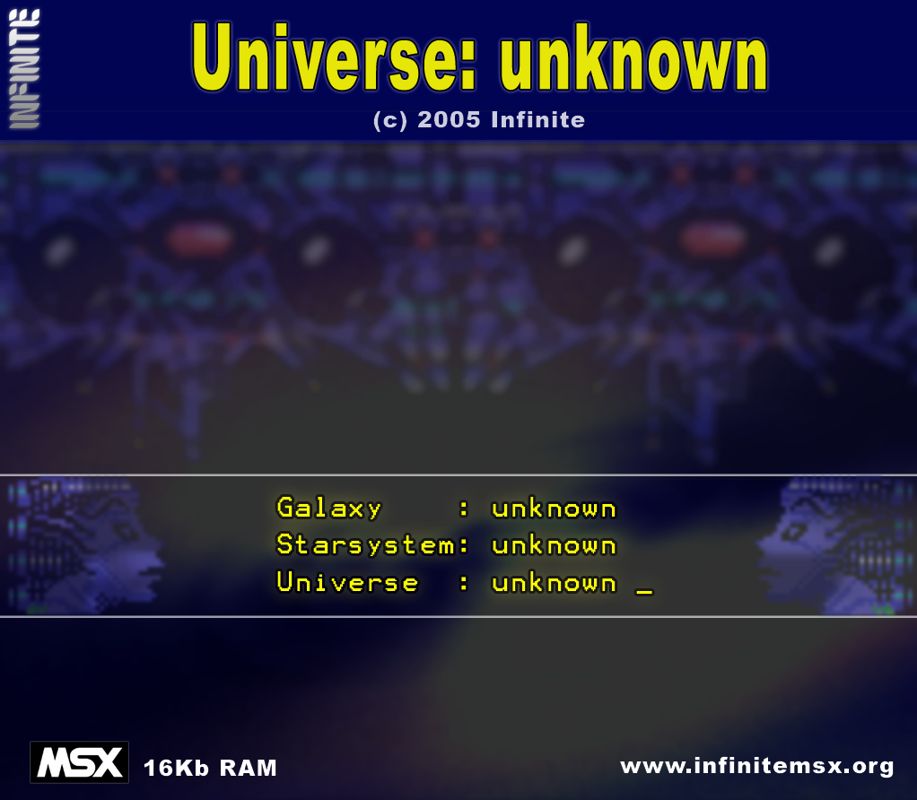
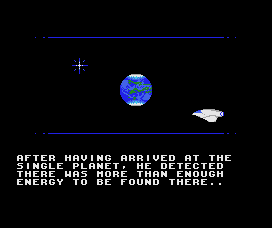
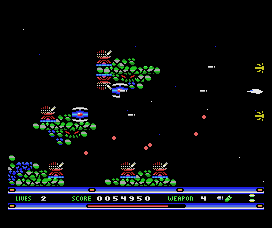
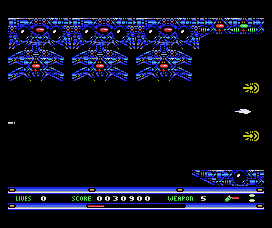
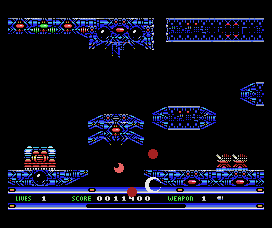
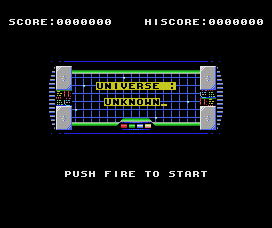



Reviews
There are no reviews yet.